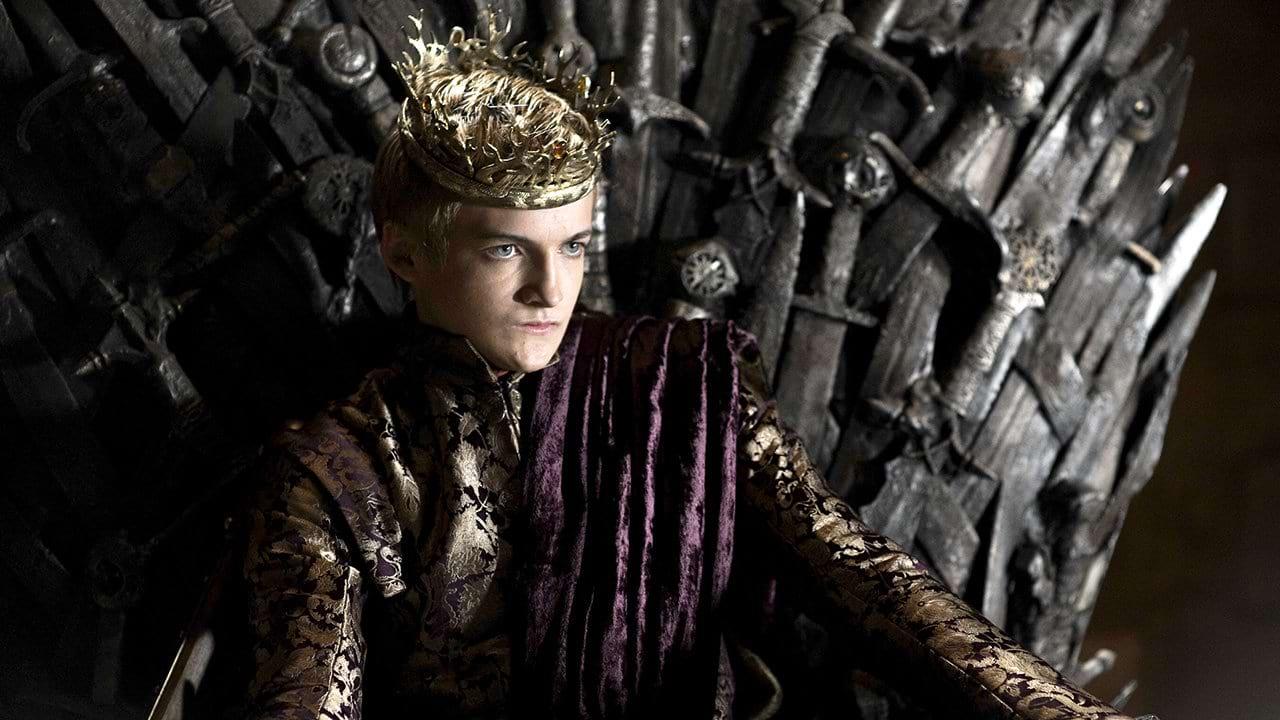
Harsh Realms: Game of Thrones
Five cinematographers contribute to the new season of HBO’s fantasy-adventure series.

staking his claim to the
Iron Throne of the Seven Kingdoms, boy-king Joffrey Baratheon (Jack Gleeson) rules with impetuous cruelty.
Photos by Paul Schiraldi, Helen Sloan, and Oliver Upton, courtesy of HBO
HBO’s series Game of Thrones documents the political, military and emotional entanglements between rival ancient kingdoms on a fictional continent. As such, it’s a period piece, a fantasy piece, an ensemble piece and a production that relies heavily on location, design and camerawork to pull off the illusion. The show is so big that it has required the efforts of multiple cinematographers; three shot Season 1, and five shot Season 2, which began airing last month [2012].
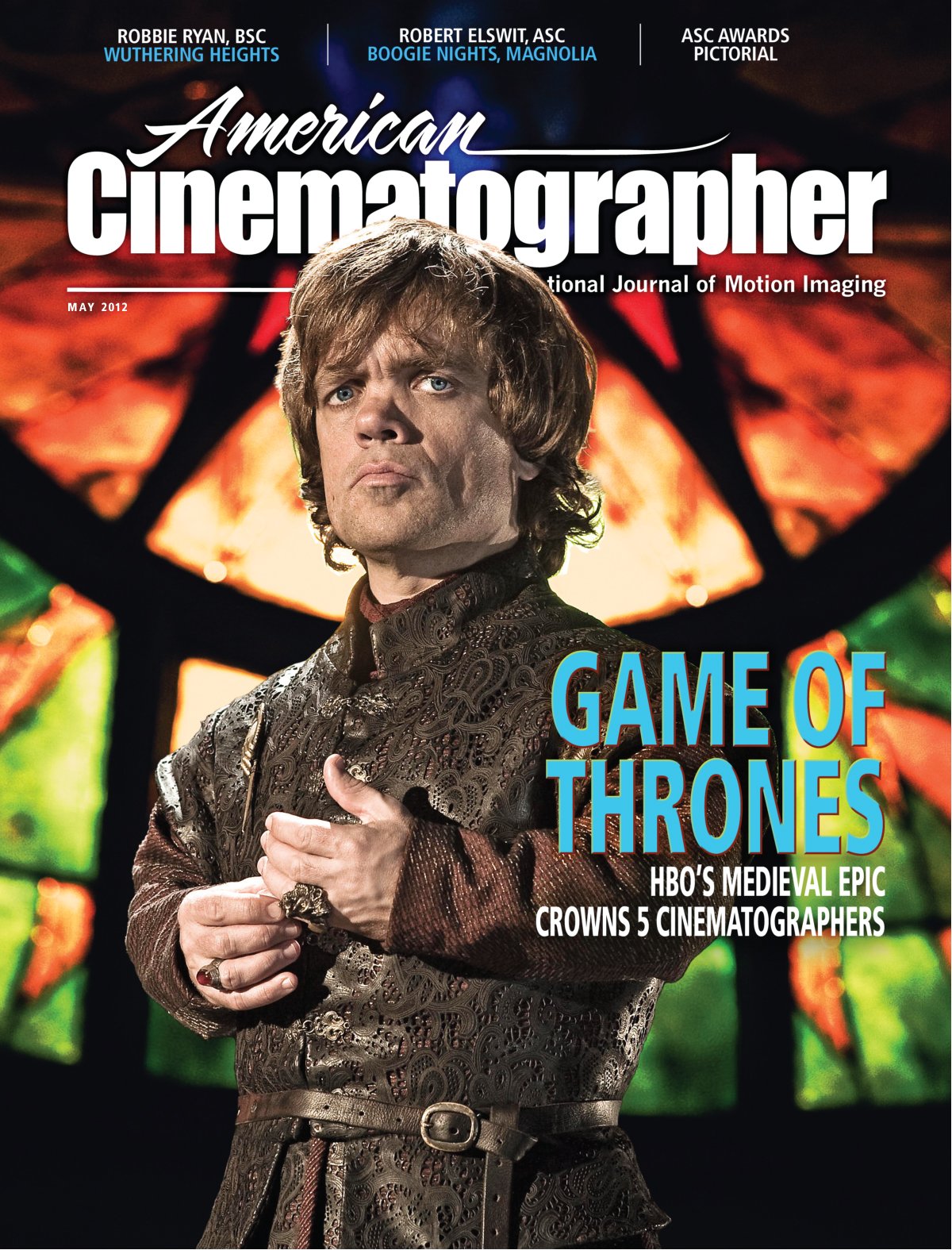
After the production of its pilot, which involved some film capture, Game of Thrones evolved into the first hour-long HBO drama to be shot digitally. Every episode has been shot with Arri’s Alexa, and the cinematography team has relied on a state-of-the-art, data-centric workflow to shoot, process and assess imagery as the show traveled the globe from its home base in Northern Ireland to locations such as Malta, Croatia and Iceland.
“We were well into prep on Season 1 [in the summer of 2010] before we decided to go with digital capture,” recalls co-producer Greg Spence. “After [cinematographers] Alik Sakharov [ASC] and Marco Pontecorvo [AIC] did three days of tests with 35mm, the Sony F35 and the Alexa, we chose the Alexa. Alik and Marco were impressed with its dynamic range and resolution, particularly in the highlights, and they felt it would pick up our costumes and textures nicely.”
For the show’s second season, the production switched to a file-based workflow. Footage was captured to Codex data recorders and taken to the dailies colorist and editors in the cutting room in Belfast, where most of the show was shot. (Season one was captured to HDCam-SR tape, and digital-imaging technicians did color correction on set.)
“We’ve had multiple cinematographers and DITs handling multiple units in different countries, so in Season 1 we sometimes ended up with dailies that had divergent looks, which caused some confusion,” Spence explains. “Therefore, for Season 2, we brought [dailies colorist] Jon Reid to Belfast to operate alongside editorial at Yellowmoon, the post facility where the picture editors were based. Jon worked closely with our cinematographers during prep and shooting so they could get what they wanted, and we got a consistent look in the dailies.”
This season, Kramer Morgenthau, ASC shot the first two episodes and material featured in several others; P.J. Dillon shot episode three; Martin Kenzie shot episodes four through seven; and Jonathan Freeman, ASC shot episodes eight and ten. A stand-alone episode separate from the other locations (largely because of a major sea battle) became episode nine, shot by Sam McCurdy, BSC. This collection of cinematographers was necessary because extensive portions of the season were shot in Dubrovnik, Croatia, and Vatnajökull, Iceland, and that material was used for multiple episodes.

Therefore, says Morgenthau, the cinematographers did their best to “watch each other’s work and stay true to a cohesive look. No two directors of photography will shoot exactly the same way, but the material was so good, and there was such a consistent vision, that we were able to [maintain] a cohesive thread.” The cinematographers were frequently able to compare notes during prep before embarking on their separate shoots. They also used the Pix System online-dailies platform to view each other’s dailies through a secure connection, making Game of Thrones “a completely interconnected production” across the globe, in Morgenthau’s words.

“Naturally, we were all very busy, so it wasn’t like we could talk every day, but we visited each other’s sets when we could; we’d often watch what others were doing on Pix; and, of course, we shared crew,” says Morgenthau. “All these things helped us understand what everyone else was doing. For example, I shot a night encampment in a field using a giant moon box off a construction crane. Martin came down and checked it out, liked the way it looked, and adapted that particular technique for some of his night work. Similarly, I would see things he was doing that influenced what I did, and we would work hard to keep it consistent. We were unified on one big project, and we kept an open dialogue.”
During the six-month production cycle, the show always had two full units running, with two cinematographers, two DITs and two full crews constantly engaged at different sets and locations. Reid notes that the approach was, in some ways, akin to shooting an epic like the Lord of the Rings trilogy, and the result was “an astronomical amount of footage. We could sometimes blow through 6 terabytes of storage in a single day [in editorial].”
The two units were dubbed Dragon and Wolf. “Dragon was a bit bigger — more electricians, a slightly bigger grip team — because they did the big [day] exteriors that involved lots of extras, action and special effects, as well as big night exteriors,” explains Kenzie, who, like the other cinematographers, worked with both units. “The Wolf unit did all the studio material, the intimate stuff. Both units had two operators, two first assistants, two second assistants, two trainees, two video-assist technicians, and two DITs. It was a complicated way to work because the units would stay together while the directors, cinematographers and first assistant directors rotated between them. But the nature of the show made that necessary.”
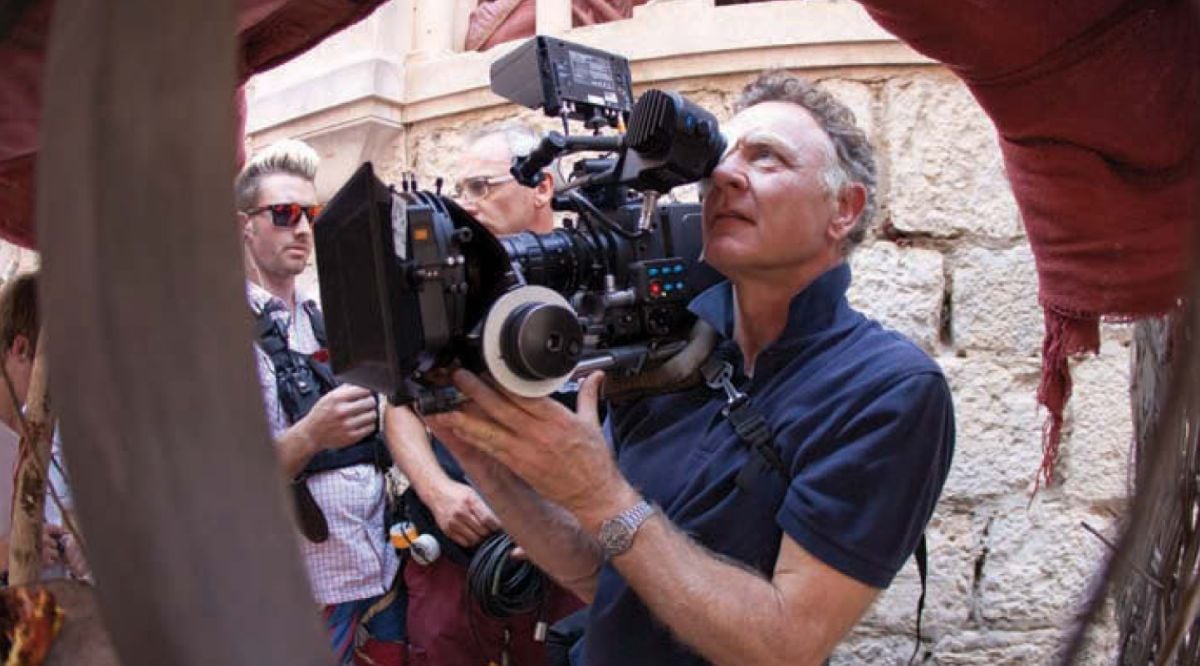
The kingdoms in Game of Thrones exist in different geographic regions and therefore have different looks, which the filmmakers finalized with colorist Joe Finley at Modern VideoFilm in Santa Monica. There was no single aesthetic applied to the whole show beyond the use of firelight, moon and sun as the primary light sources. Morgenthau explains, “North of the Wall, which was shot in Iceland by Jonathan Freeman and Martin Kenzie, has a cold feel to it, whereas King’s Landing has a more Mediterranean feel. This year we shot King’s Landing in Croatia, but they used Malta last year, so we had to make it look like the same location. The Kingdom of Qarth and the Red Desert are starker. But those are general guidelines. Overall, the cinematographer and [episode] director were largely free to do what felt best for a given story. Each episode was pretty much treated like its own little movie.”
Freeman calls the overall goal “expressionistic naturalism, where we took advantage of source light, whether from windows or firelight. The quality and color of that light has a more heightened, expressionistic quality; it seems more pronounced and dramatic.”
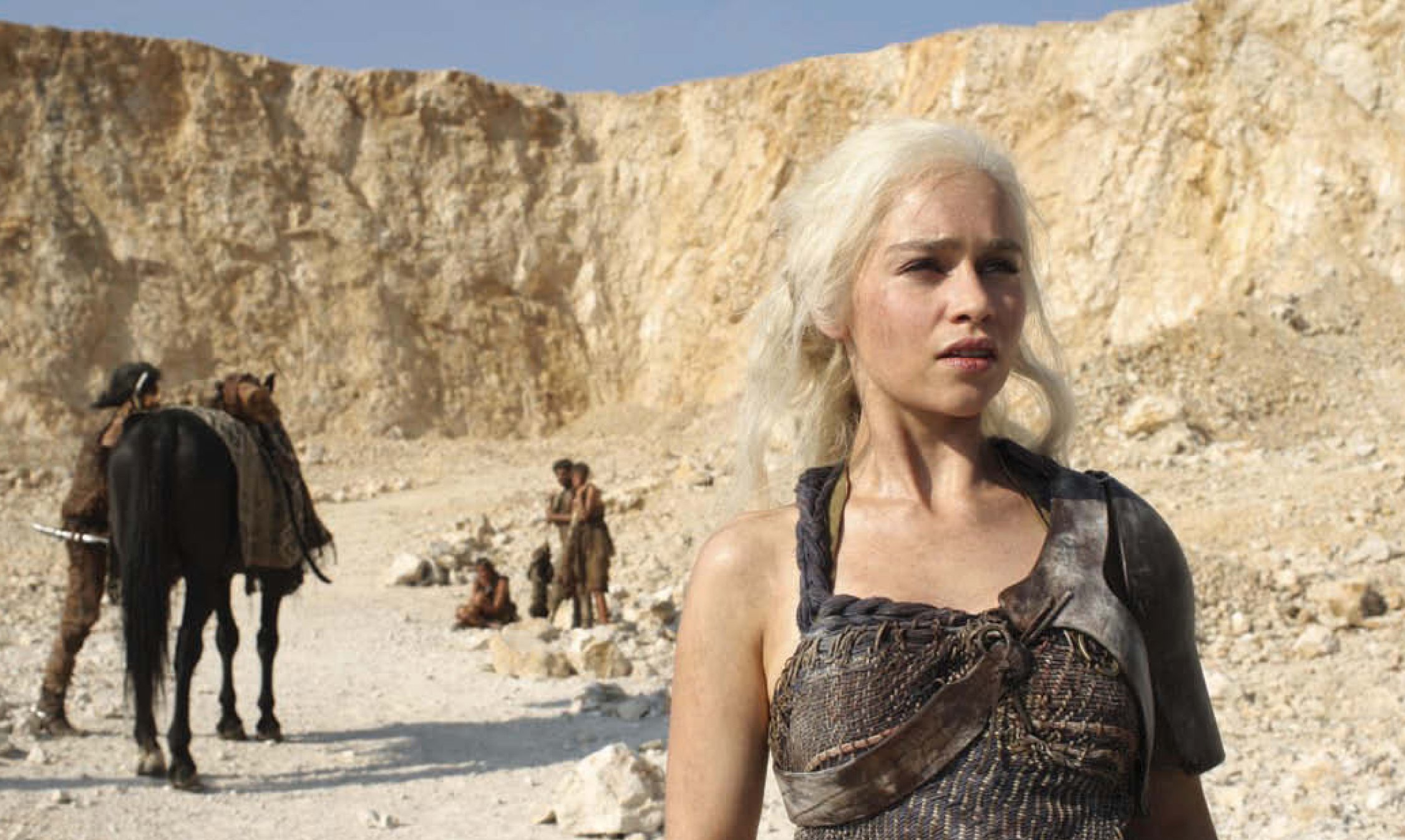
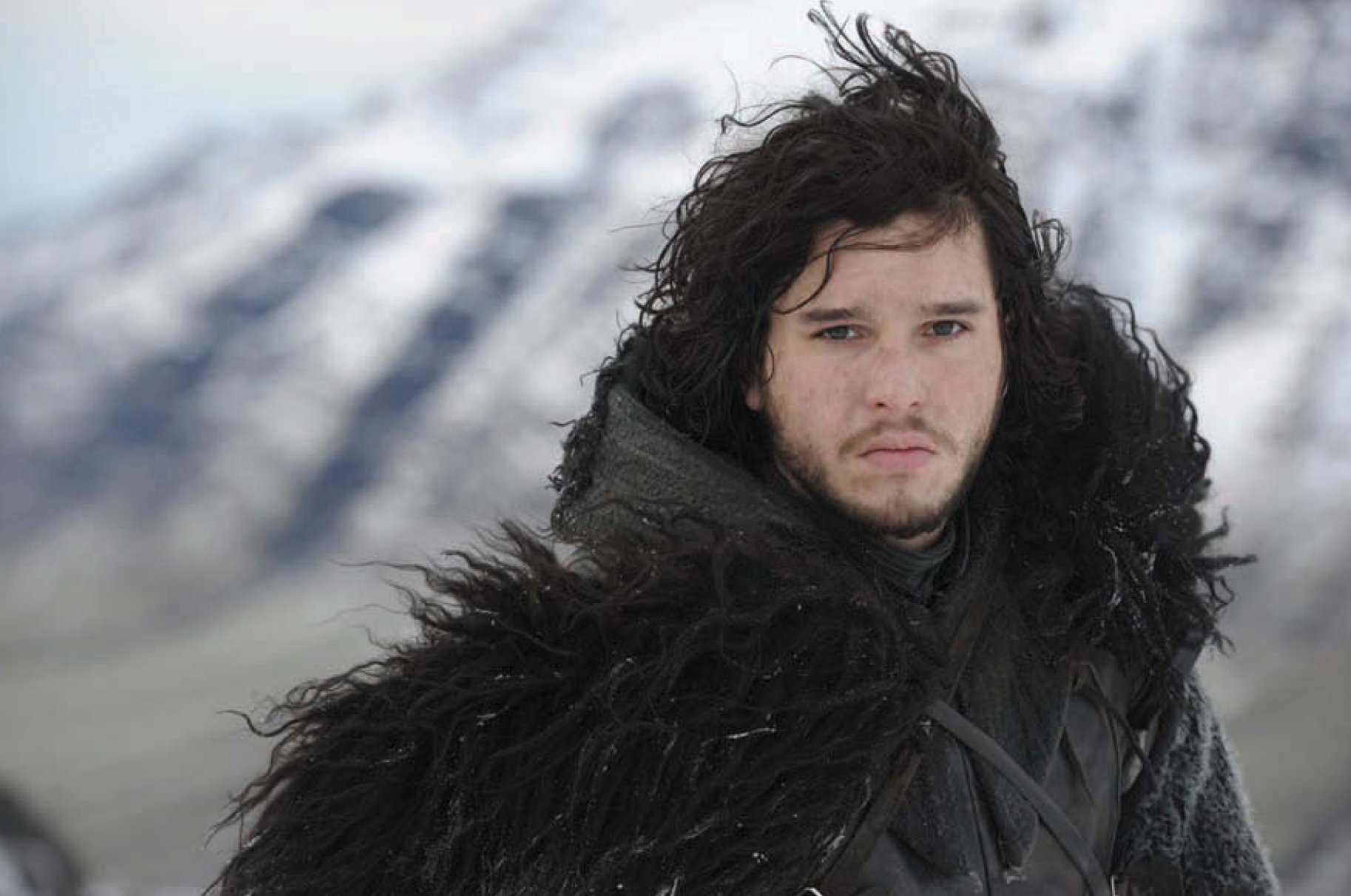
When the filmmakers were working in Croatia and Iceland, dailies were color-timed on set and then transmitted over Pix to the relevant parties. “We always had the ability to grade on set, but for the main Belfast shoot we avoided this to save time,” notes Kenzie. “Yellowmoon was minutes away, and often Jon Reid would e-mail stills to us in the afternoon of the material we’d shot that morning. In Croatia and Iceland, we did more on-set timing.”
Freeman suggests that the Alexa and its workflow were well suited to remote work. “Shooting in Iceland with a system like the Alexa was more practical [than shooting film] in many ways, because we didn’t have to worry about sending film to a lab in another country and waiting for days to see dailies. We had no delays, and we could see the material right there in our hotel rooms. We greatly reduced the variables along the way.”
Alan Taylor, who directed episodes in the first season and served as a director/co-executive producer this season, adds that the Iceland shoot was “grueling, but very well organized and contained. Our [camera] equipment never faltered during my time there. We did have problems getting vehicles to the top of a glacier and had to instead shoot the scene outside the hotel, near a 1,000-foot face of rock covered with icicles, but none of that had to do with the camera equipment. The weather would impose itself, but the technical side was extremely stable.”

rampart.
Given the show’s subject matter, locations, schedule and budget, the cinematographers’ lighting skills have proved crucial to its success. Most important, the low-light conditions dictated by the material played to the Alexa’s strengths. “We shot some scenes with one candle, hardly any light at all,” says Kenzie. “I’m not sure we could have been that brave if we’d been shooting on film. The Alexa’s recommended ISO is 800, and that makes a big difference on a project like this — we have lots of dark sets, crypts and underground tunnels, and lots of night work. We shot a lot by candlelight and firelight, trying to always be realistic and not have the light coming out of nowhere.”
One major set in the episodes Kenzie shot was the ruined castle called Harrenhal, which was built on stages and on an exterior lot at Banbridge, near Belfast. Interior and exterior portions of the set were built at the studio, with the rest of the illusion completed with CGI. “The place was meant to look like the towers were ruined, semi-destroyed and uninhabited until soldiers take it over,” Kenzie explains. “I thought it would be good to block out as much of the toplight on the exterior set as possible, so we used a crane to hang a 40-by-40-foot black above the set. It didn’t cut out the skylight entirely, but it made it look like there was [something] above us, and the light from the sides looked stronger. That effort was a real success; it was daylight, but it looked weird and spooky.”


Morgenthau crafted a different type of solution for a memorable nighttime chase scene that takes place at Craster’s Keep, north of the Wall. “It’s the closing sequence in episode two,” he explains. “We were in the woods in Northern Ireland in the summer, using artificial snow. There was nothing to motivate light except for the moon, and it’s challenging to light a night exterior with snow without making the snow too dominant. Creating the perception of darkness in that situation is one of the tougher things to make believable.
“We used Wendy Lights up on cranes, and we also floated [tungsten] balloons in different areas of the woods. The Alexa is so sensitive that you have to be careful finding the right balance between underexposure and noise, the whiteness of the snow and the darkness of the woods. Being able to see people’s faces was challenging.”
In terms of focal lengths, this season’s cinematographers rarely went to what Morgenthau calls “extreme optics.” Rather, “it’s classical storytelling, and therefore intimacy is the most important thing. Most of the time I stayed between the 21mm and 75mm Cooke S4 primes, and I maintained that with the Angenieux Optimo zooms.”
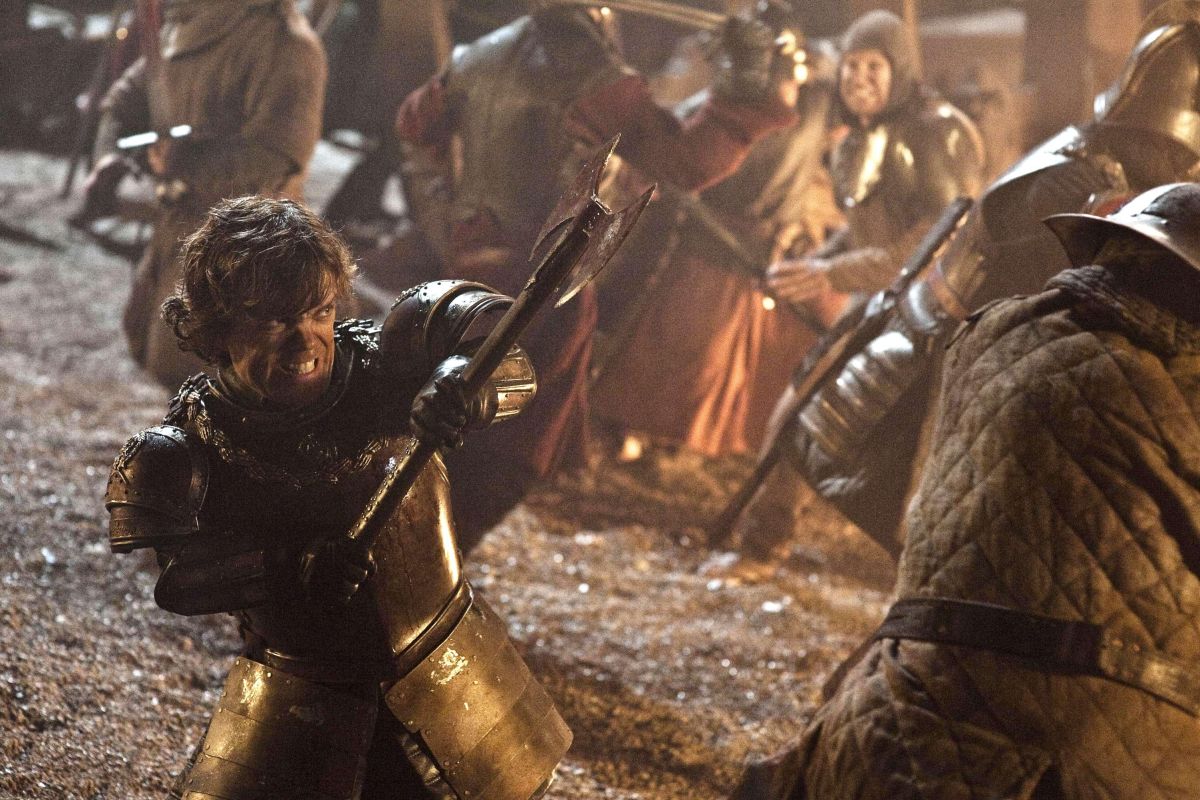
Kenzie notes that the Cookes proved extremely reliable in Iceland. “Most of that material was shot handheld, and we tried to get the sun in the shot whenever we could. It was November and December, and if the sun appears, it stays very low and isn’t too intense. With the sun in shot, the prime lens gives you a nice star-like flare, not a mushy one. Outside of Iceland, we shot a lot with the 24-290mm Angenieux Optimos.”
The typical workflow this season involved capturing at 23.98 fps in Log C 4:4:4 to the Codex recorders, which ran removable Solid State Datapacks. The data mags were taken each day to Yellowmoon, where data was first downloaded through a Codex Digital Lab 3 system. Referencing about 20 preset look-up tables that Morgenthau and Kenzie had developed during prep and each cinematographer subsequently refined, Reid color-corrected footage using the Trulight Color System, and then copied that material to a 10TB Codex Megapack as JPEG 2000 files, storing imagery in the Codex Virtual File System. Those images were used to create Avid media and DPX pulls for the visual-effects team, and then uploaded to the Pix server for wider viewing. “Rob Wright, Scott Ferguson and I were the dailies team, and having this system allowed us to have someone working on the Codex 24 hours a day,” says Reid. “When a unit traveled to Croatia or Iceland, one of us went with it.”
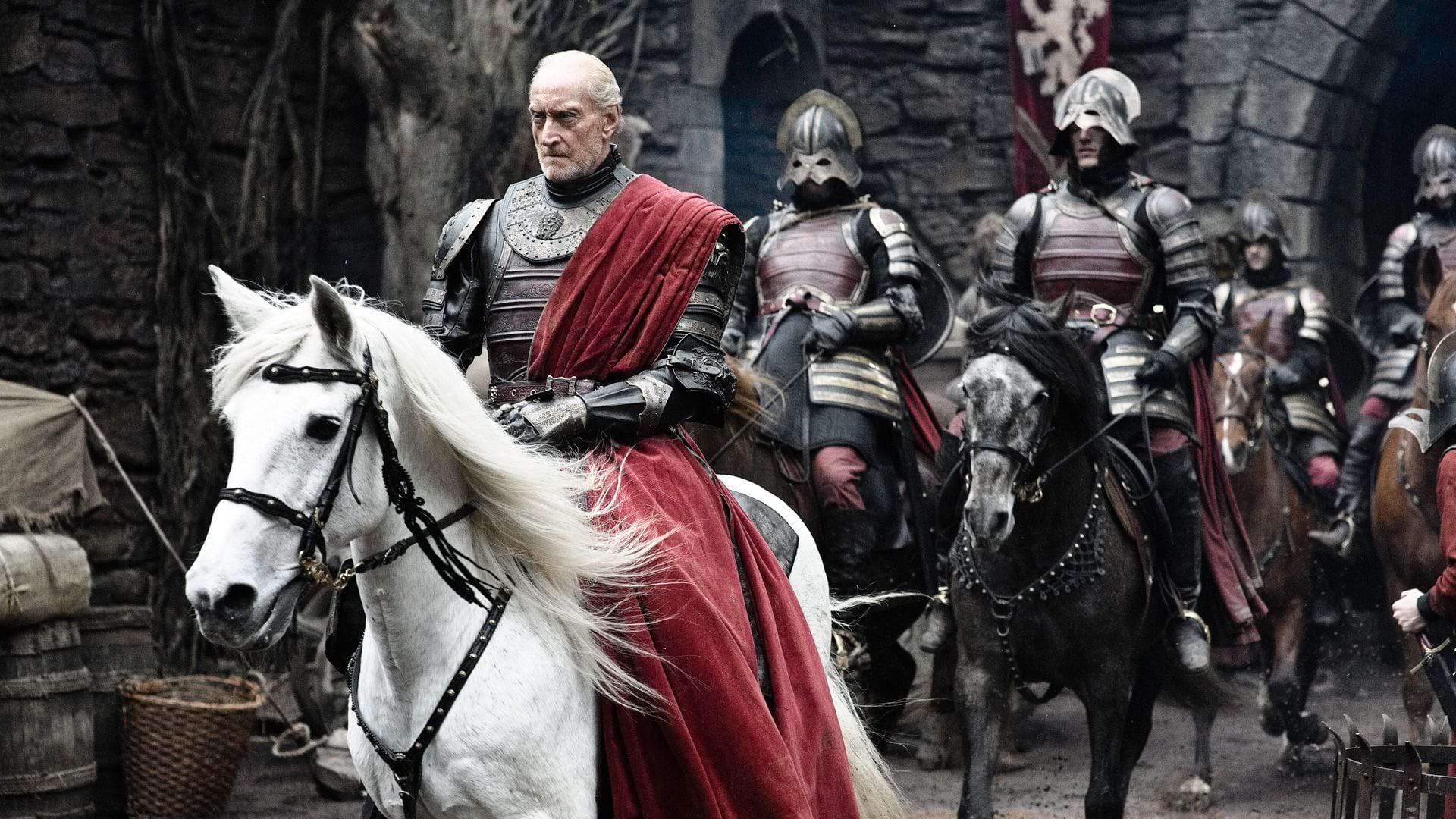
In Croatia, the production utilized the same system to process and distribute data fresh off the set. Morgenthau credits Italian DIT Francesco Giardiello with “having a great eye and being able to quickly dial in a look. We were able to create our own color on set with Truelight On-Set and then send the LUT to post nearby for dailies.”
Having a dailies colorist close to the cinematographer, no matter what the location, was a significant asset. “The cinematographers, the editors, the visual-effects team and even HBO benefitted from having our own dailies department and colorist [on hand],” says Spence. According to Kenzie, small creative adjustments could easily be tried and incorporated not long after the imagery was originally shot. He recalls, “There’s a scene at a harbor location where we see some sailors for the first time, and they had interesting green-blue costumes. I told the dailies colorist I thought it would be interesting to enhance the color of those costumes in order to make those characters really stand out. More generally speaking, I would pick a LUT for the day, and we’d occasionally change the LUT on set. But we were organized so well that most of the time, we could go with the ones we planned.”
The post team conformed each episode in-house using the Codex Lab, and then sent complete episodes as conformed DPX files to Finley at Modern VideoFilm. Finley did the final grade with a DaVinci Resolve. “Doing the final conform ourselves in Northern Ireland made everything more efficient,” says Reid. “One of the show’s big achievements is its scale, and you feel that every inch of the way when you are making it,” Taylor concludes. “Kramer and the other cinematographers did a remarkable job. Making a show like this look epic on a budget is hard, but they pulled it off.”
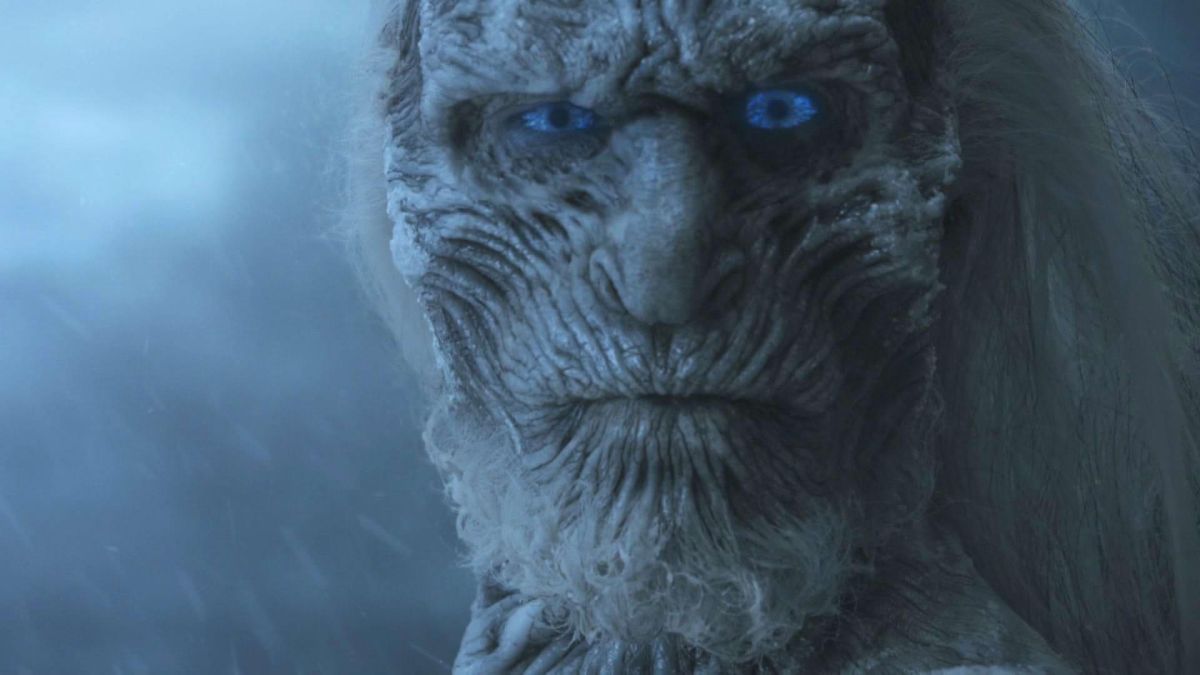
1.78:1
Digital capture
Arri Alexa
Cooke S4, Angenieux Optimo






